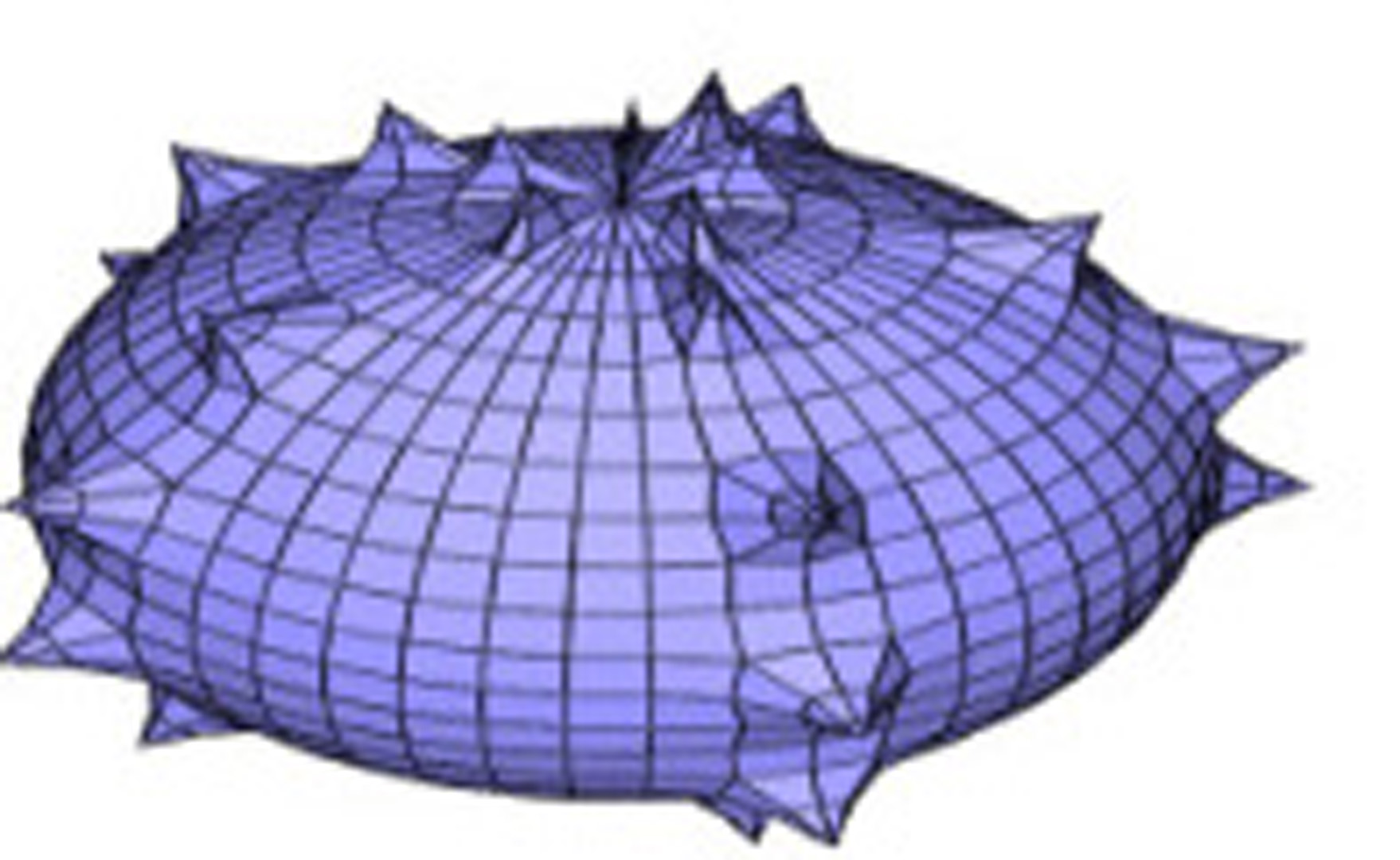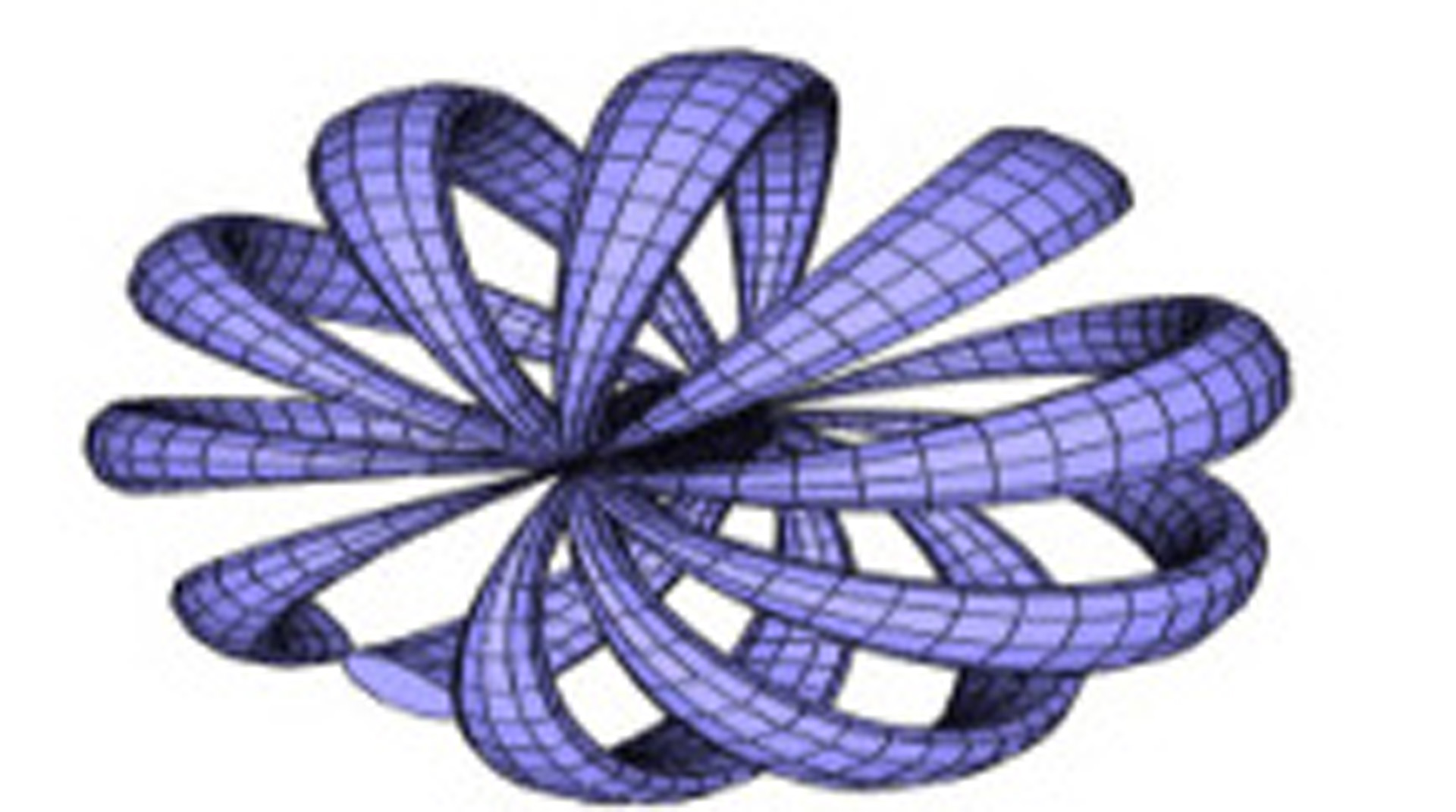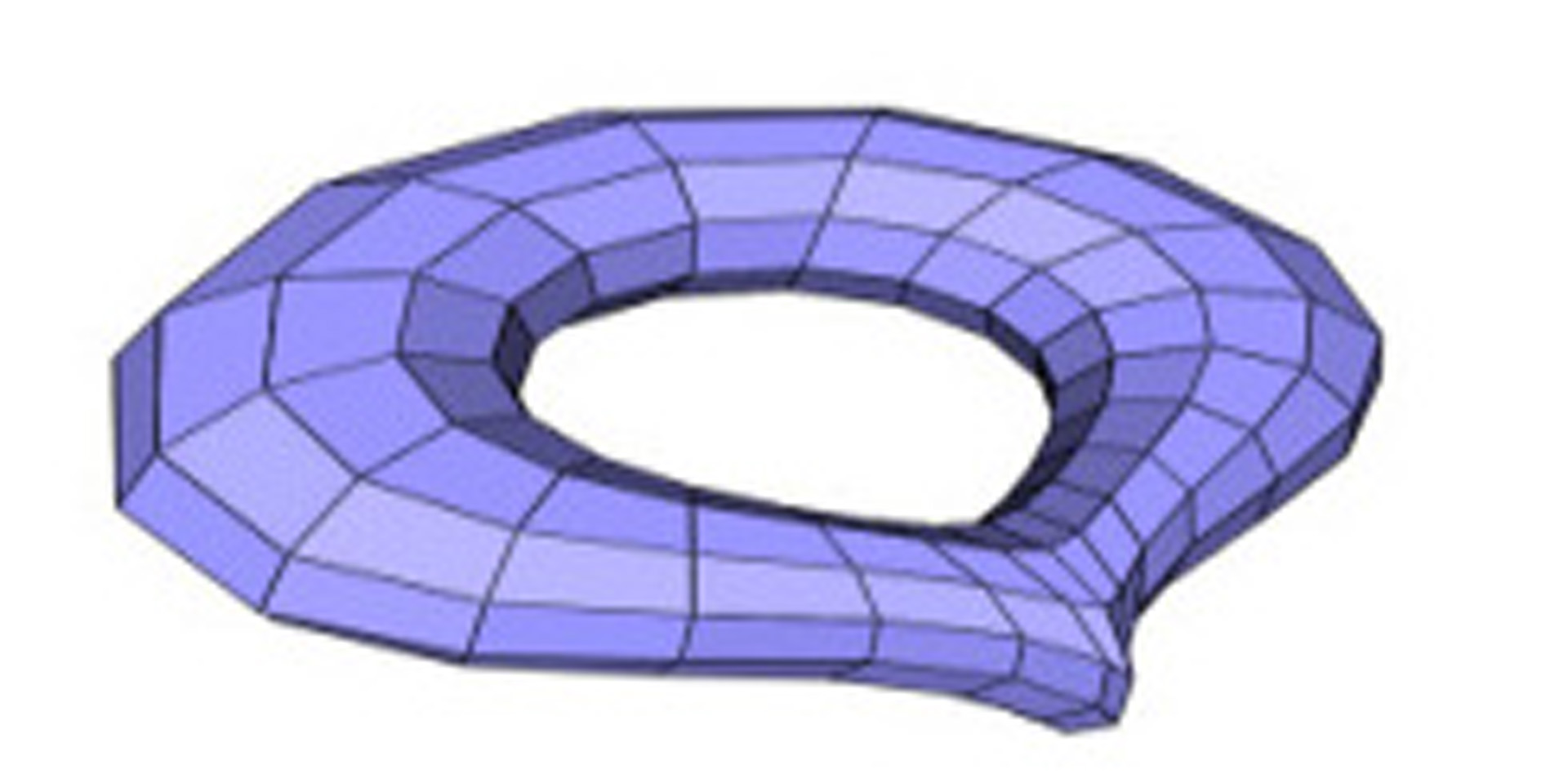“A scripting language for Digital Content Creation applications” by Yousef, Hashem, Saad, Gamal, Galal, et al. …
Conference:
Type(s):
Title:
- A scripting language for Digital Content Creation applications
Presenter(s)/Author(s):
Entry Number: 103
Abstract:
Digital Content Creation (DCC) Applications (e.g. Blender, Autodesk 3ds Max) have long been used for the creation and editing of digital content. Due to current advancement in the field, the need for controlled automated work forced these applications to add support for small programming languages that gave power to artists without diving into many details. With time these languages developed into more mature languages and were used for more complex tasks (driving physics simulations, controlling particle systems, or even game engines). For long, these languages have been interpreted, embedded within the applications, lagging the UIs or incomparable with real programming languages (regarding Completeness, Expressiveness, Extensibility and Abstractions). Two approaches were used to implement those languages. Either build them from scratch (like MaxScript), or use an existing popular language and write a set of extensions to it and embed it (like Blender and Python). In practice, both those solutions suffer, the first method produces languages lacking being real, competitive languages and generally very inefficient, the second method has problems arising from not being dedicated in first place for that kind of applications so, they lack expressiveness facilities (like dedicated constructs) that support that particular domain, also it’s very hard to optimize these languages for specific DCC situations.
References:
Kettner, L., 2010. 3d polyhedral surfaces. CGAL Editorial Board – 3.6 editions.Google Scholar
Ming Lien, J., and Amato, N. M. 2007. Approximate convex decomposition of polyhedra. In Proceedings of the ACM Symposium on Solid and Physical Modeling, ACM, 121–131. Google ScholarDigital Library
Parr, T. J., and Quong, R. W. 1994. Antlr: A predicated-ll(k) parser generator. Software Practice and Experience 25, 789–810. Google ScholarDigital Library







